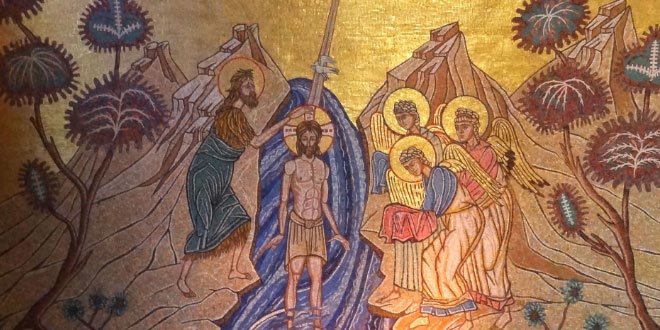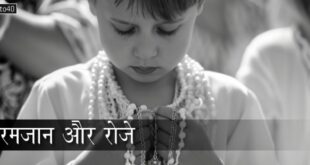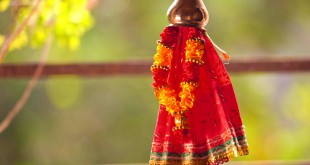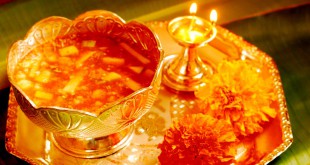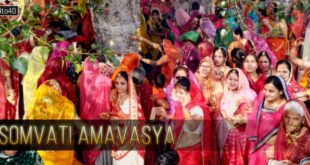Eastern Orthodox Epiphany is a blessing of baptism and a second Christmas, comes after the traditional Christmas date of December 25 i.e. on January 6th. It is celebrated by Orthodox Christians as a high religious holiday. For Latin American countries, the Dia de Los Tres Reyes is more of a cultural than religious date, and a second Christmas for children. It is a public holiday in countries listed here; in other countries, it is an unofficial observance that does not affect business.
This is not an official Indian holiday. For Orthodox Christians and some Catholics, it is a high holiday. It is appropriate to offer flextime if employees of either faith request it. Dia de Los Tres Reyes can be acknowledged, along with Epiphany, in some sort of theme event. The sharing of Epiphany cake is a typically popular way of observing this date without making major scheduling accommodations. People generally enjoy the suspense of finding out who gets the piece containing the figurine.
Epiphany is considered a holiday of the highest rank for Eastern Orthodox Christian communities. The faith is somewhat different than Western Christianity, and though this denomination may not be represented in large numbers within an organization, employees who have emigrated from Eastern Orthodox countries may appreciate an acknowledgement of their traditional Christmas.
Epiphany is observed as a religious holiday, whereas Three King’s Day is primarily a cultural celebration. The two holidays fall at the same time and are based on the same events. However, Eastern European cultures that observe Epiphany differ significantly from those Latin American cultures that observe Three King’s Day. Three King’s Day is not an official holiday, and schools are open.
Epiphany is a high religious holiday in countries with large Orthodox Christian populations, a more ancient observance than Christmas. In Latin American countries that observe it as Dia de Los Tres Reyes (Three King’s Day), it is a cultural observance freed of deep religious overtones. Children receive gifts said to come from one of the Three Kings who visited Jesus at his birth. For many Latin American children, Three Kings’ Day amounts to a second Christmas.
Epiphany has three components: it commemorates the baptism of the founder of Christianity, the prophet Jesus of Nazareth; it focuses on the Three Kings (also called the Three Wise Men or Magi) as representatives of the Gentiles (non-Jews) who experienced the revelation of the arrival of Jesus as the Savior; and finally, it celebrates the first miracle performed by Jesus, the turning of water into wine during the marriage at Cana (recounted in the Bible).
The rituals and prayers are elaborate, with the blessing of baptismal water a symbolic reminder of the baptism of Jesus. A popular tradition is the Epiphany cake with an item baked inside. Variations of this item include: a gold ring; three beans-two white and one black-representing the Three Kings; a tiny figurine of the baby Jesus; or a bean and a pea representing an Epiphany “King and Queen“. Whoever receives the cake containing one of the items may be treated like royalty for the day; or, if they represent one of the Three Kings, may be required to present gifts to others. Others may be asked to host another event, or bake next year’s Epiphany cake.
 Kids Portal For Parents India Kids Network
Kids Portal For Parents India Kids Network
